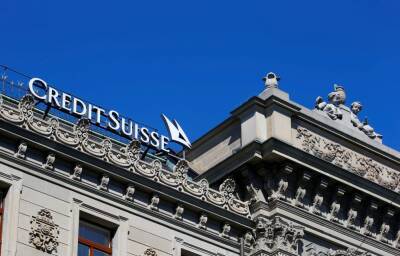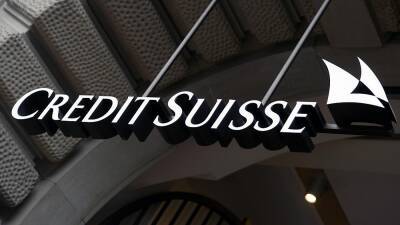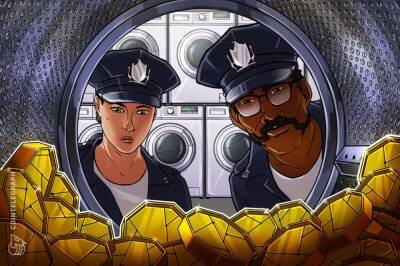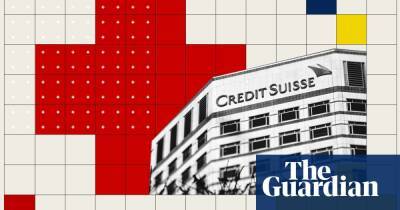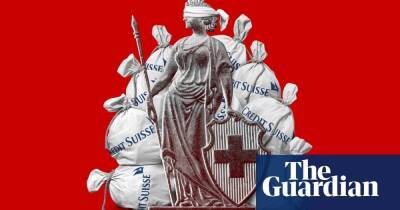Crooks, kleptocrats and crises: a timeline of Credit Suisse scandals
The revelations that Credit Suisse has been used by crooks, money launderers and corrupt politicians are a public relations crisis for the banking giant.
But the Suisse secrets investigation by the Guardian and its reporting partners is only the latest in a string of controversies to beset Switzerland’s second-largest lender.
We take a look at some of the bank’s biggest scandals over the past few decades.
Credit Suisse is implicated in helping to store some of the estimated $5bn-$10bn that the Philippine dictator Ferdinand Marcos and his wife, Imelda, stole from the country during his three terms as president.
It later emerged that Credit Suisse opened accounts for the couple under the fake names “William Saunders” and “Jane Ryan”, helping to shield their funds from scrutiny.
In 1995, a Zurich court ordered banks, including Credit Suisse, to return $500m of stolen funds to the Philippines.
Japanese authorities fined Credit Suisse and revoked its licence over a “shredding party”, at which bankers destroyed evidence related to an investigation into whether it was helping companies conceal their losses.
A bank spokesperson said: “Serious lessons have been learned, corrective actions initiated and disciplinary steps completed.”
Switzerland’s Federal Banking Commission reprimanded Credit Suisse for accepting about $214m-worth of funds linked to corruption by the Nigerian military dictator Sani Abacha in the 1990s.
The lender was criticised for failing to recognise that his two sons were politically exposed. Credit Suisse said it had improved its monitoring procedures and staff who dealt with Abacha’s regime had left the bank.
A Credit Suisse banker was arrested for allegedly helping launder at least 5bn yen linked to Japan’s largest
Read more on theguardian.com theguardian.com
theguardian.com








